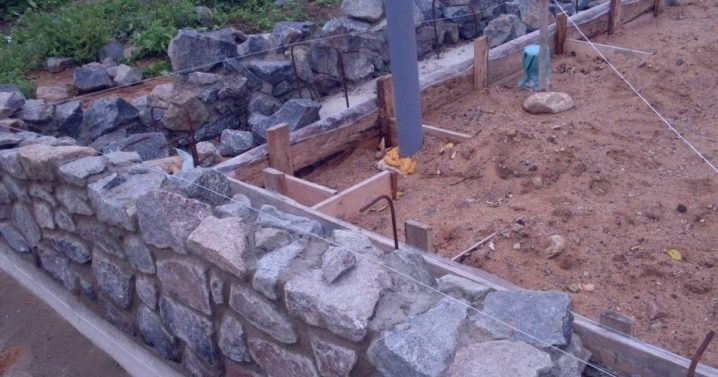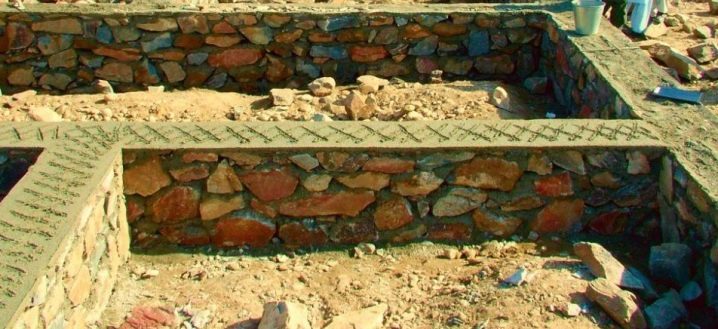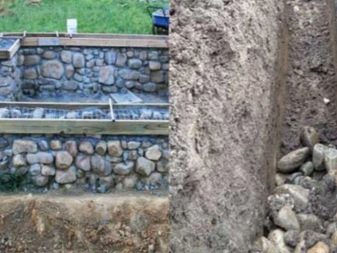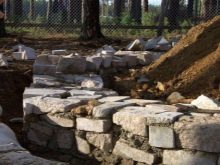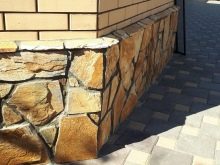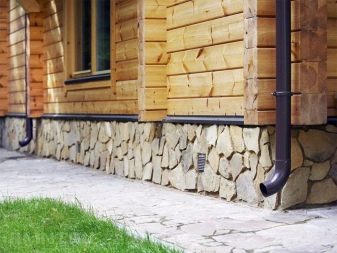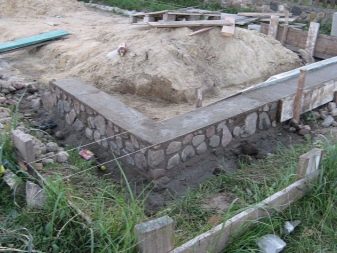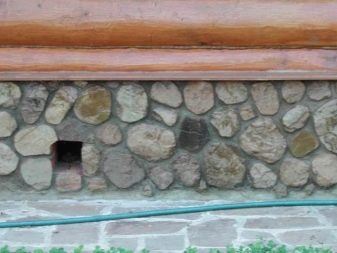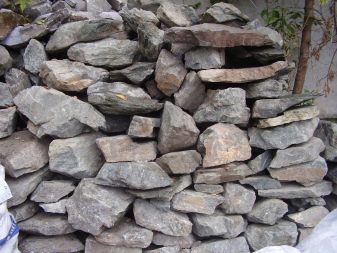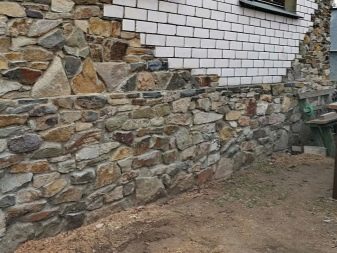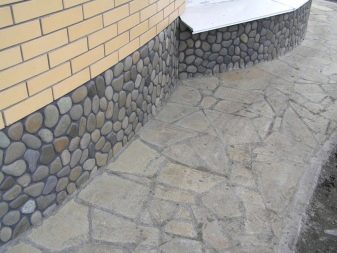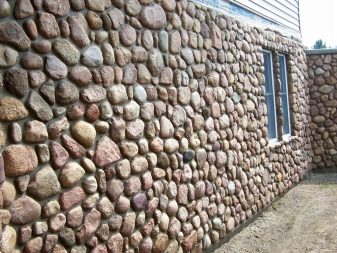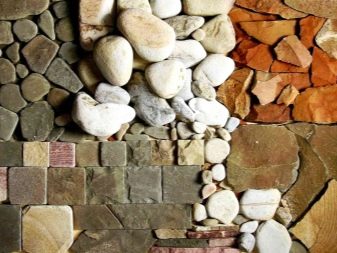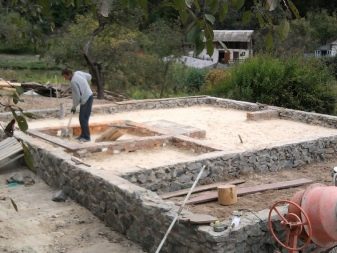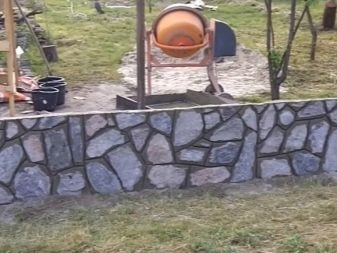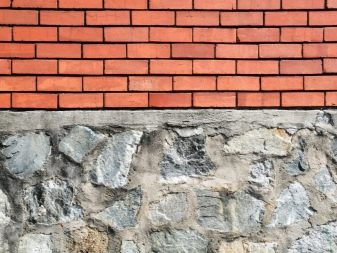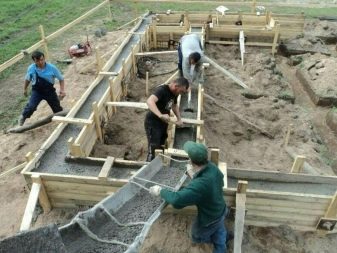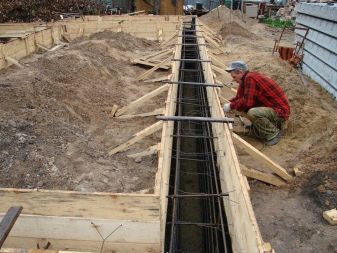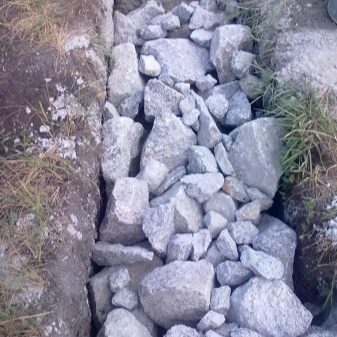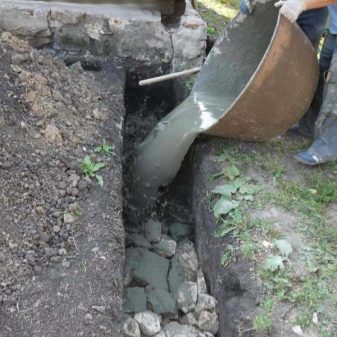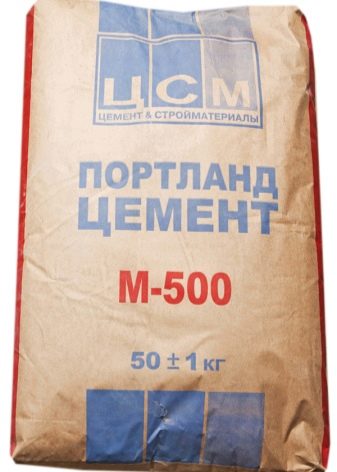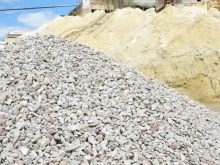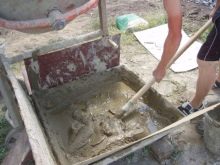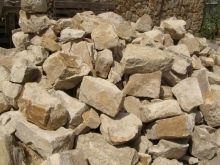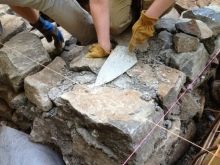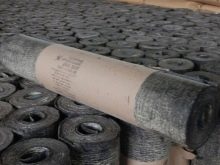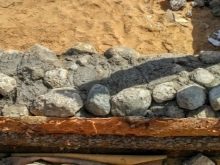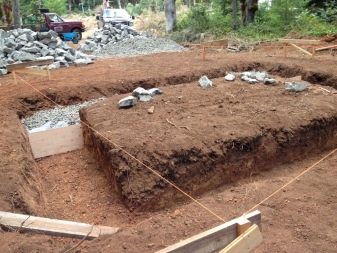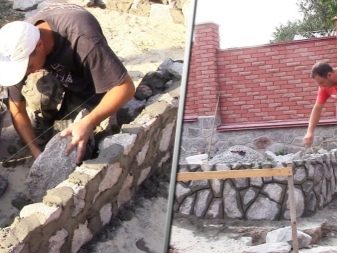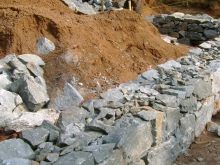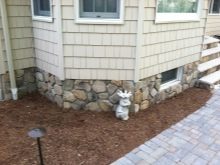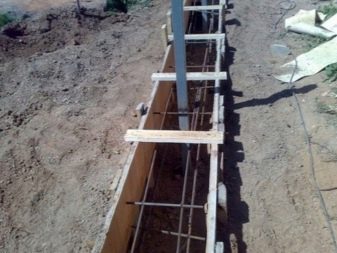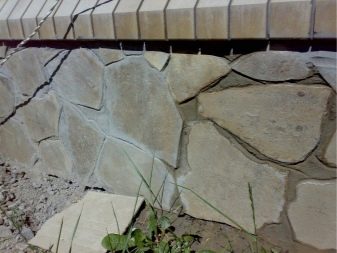The rubble foundation: features and technology of construction
The construction of buildings of any purpose and complexity can not do without performing work on laying the foundation. For this purpose, various methods and materials are used. Among this list is to highlight rubble foundation, which has been popular for a long time.
What it is?
It is the construction of the foundation is a fundamental step, preceding all other construction work in the construction of houses or other structures. Despite the fact that the construction market has a wide range of different materials, natural raw materials are also in demand. The natural building materials used for laying the foundation should be attributed to rubble stone, which is a quality and environmentally friendly rock that has found its use in construction.
Some people mistakenly believe that the use of stone is impossible during the laying of the foundation due to its irregular shape.however, even with minimal experience in construction, it is possible even to do it yourself.
This is the foundation most of the builders preferred to build in the recent past.
Now the concrete foundation for buildings increases their visual appealand, most importantly, allows you to perform work on the arrangement with minimal cost, using a fairly simple technology to implement the construction project.
As practice shows, the life of the rubble foundation reaches about 150 years, there are even fortresses, the construction of which used this natural material. The main feature of the foundations of rubble stone is resistance to groundwater, as well as freezing of the soil.
Experts use several varieties of this raw material in their work:
- Industrial stone. They are engaged in its release in special complexes in which crushed stone is made. This type of demand in the course of work on the strengthening of railway tracks or hydraulic engineeringdesigns.
- Round stone. The process of formation of such a breed occurs naturally.
- Shallow It has inherent irregular geometry, due to which the booth is in demand for laying the foundation, and also acts as a decorative material used in works on the creation of landscape design.
There are no strict requirements for the rubble rock used to lay the foundation of the structure, the main thing is that the raw materials do not crumble.
It is best to use a tile or pastelis breed. Such a material has even edges, which facilitates laying, since it will be much easier to arrange samples of the correct shape as closely as possible to each other.
Analyzing the technology of construction of the foundation of rubble rock, we can say that the principle of its implementation is similar to the work on the construction of brick walls - the components during stacking are arranged on each other, and the connection of all the elements occurs when using the solution. The difference lies only in the materials and composition used, providing a bundle - for a stone foundation, you must use a solid concrete solution.
The standard ribbon rubble foundation, as a rule, has a height of about 1.6 m with the base located on a special cushion of sand and drainage.
The foundation is laid above the ground freezing level, usually at a distance of about 30 centimeters, then the building's basement and ground floor are located.
pros
Among the features of the rubble foundation It is worth highlighting its main advantages:
- The use of this breed allows you to build grounds that will be different in height and strength. This is true for the construction of private houses with a large area.
- Raw materials consist of natural components; therefore, they belong to the group of materials that do not represent a danger to human health. In addition, the material does not harm the environment.
- The bases of rubble stand out for their durability and reliability, since the rock has excellent strength properties.
- Similar designs are resistant to wear.
- The material can be used for the construction of the foundation of any house, with different shapes and areas.
- Reinforcement for such bases is rarely required.
- The stone is resistant to moisture, so the base is not destroyed by the effects of thawed or groundwater.
- The cobblestones in the cut are a very attractive material.
- Breed can be combined in work with other building materials. In some cases, the part of the base that protrudes to the surface is erected from bricks, and the remaining part, which is located in the ground, is equipped with a rubble stone. This method, according to experts, provides an opportunity to save on construction work.
- The base of the breed has a high resistance to negative temperatures.
- It is noteworthy that the rubble foundation practically does not need to be repaired, since defects on it are not formed over time.
Minuses
Foundations of this material also have disadvantages.
These include the following points:
- Since stone is a natural raw material, its value is quite high.
- To carry out the preparatory work prior to the construction of the foundation, it is necessary to calculate the amount of material required, which requires certain qualifications and experience.The whole technology of the base arrangement should be carried out in accordance with the SNiP, in addition, it is necessary to measure the level of groundwater in the area.
- The whole process of laying stones is done manually.
- Breed of irregular shape is quite difficult to lay out in a flat design.
- At the base of the rubble stone, erosion of bonds can occur - during the penetration of water into the cement mortar, as it further freezes, the concrete is destroyed, and the broken sand particles of the material are blown from the base with the wind, which leads to destruction.
- In case of violations in the calculations of the strength of the foundation and the weight of the structure, it may be necessary to strengthen the base. It is also necessary in areas where there are signs of soil mobility.
Device
The laying operations are preceded by preparatory measures for the arrangement of trenches, as well as the sorting of the buta - it must be divided on the basis of the dimensions. In order to reduce the time for laying rock, a wooden formwork is arranged in a trench against each other, which can be adjusted in height.
The construction of the stone foundation can be performed in two ways:
- direct method - which involves pouring concrete into a trench with a layer thickness at which the rock will be buried in half;
- the opposite is true - in this case, the first layer of rubble is poured with cement mortar, which hides it to the maximum, after which subsequent layers of stone are laid.
Most of the builders advise to lay a layer of polyethylene on the sand cushion with a high level of strength before filling.
It will allow to preserve the properties of the solution, not giving an exit to the cement jelly. The rock is laid in two parallel lines with a gap for the solution between the elements of about 5 centimeters. The top row should be laid so that the stones overlap the seams of the bottom row.
For the solution to be suitable for strength, for its preparation it is worth using cement M 500. The density of the composition should allow it to freely penetrate into the seams between rubble cobbles. Before laying the stone, it is advised to slightly moisten it in order to remove dust, which will have a positive effect on adhesion to the mortar.
How to do?
When performing works on the construction of rubble foundation, you should follow the step-by-step instructions, as well as purchase all the necessary materials and tools:
- sand and crushed stone;
- cement;
- stone rock;
- capacity for solution;
- spade, trowel;
- building level;
- plumb and tamper.
Crushed stone will be used to fill the voids that arise during the laying of stones, sand is needed for the preparation of the solution, as well as arranging the cushion below even if the foundation is shallowly laid. The smaller the size of the bottle, the more it will need for the base. In addition, for waterproofing required. Roofing material or any other product can be used as such material.
Technology laying quarry foundation includes the following works:
- Trench device It is worth noting that its width should be not less than 2.5 meters. Due to the need for a large breed size. The base tape will be about 0.5-0.6 m.
- From the inner side of the tape an indent of about 0.7 m is left, from the outer one - 1.2 m. This feature will help in the work on the movement of the formwork. The external gap is filled with sand.
- For concreting with laying rock formwork must be performed according to the size corresponding to the height of the basement of the building.
- The inner surface of the boards is covered with a film that will prevent the concrete mortar from flowing through the gaps between the planks. In addition, it will not allow the wood to absorb moisture from the composition.
Laying rubble stone is made according to this scheme:
- after laying the film on the bottom, the grout is filled;
- two rows of stones fit into it, elements should be selected that are similar in size;
- further the layer of solution which needs to be leveled is poured;
- bandaging the outer or inner side of the tychkovy near;
- after that the laying is carried out in longitudinal layers;
- corners of the structure are tied with rock.
During work with the solution, it is necessary to control the filling of all available voids.
To avoid the untreated areas, it is important to prepare for the plastic mixture.
To improve this indicator, various additives are used, for example, plasticizers for concrete or detergent compositions.
Concreting the foundation with stone perform the following scheme:
- a layer of concrete is poured at the bottom of the trench, its thickness should be about 300 mm;
- after which the stone is laid, the rock layer should be 200 mm;
- in order to immerse the rock into the composition, it is necessary to use a reinforcing bar or special tool;
- the remaining 500 mm of the base are poured without laying rock. For the reinforcement of the structure using steel rods.
Tips
Experts with many years of experience in their practice are actively using the useful algorithms for the execution of various processes that allow to optimize the progress of the assigned tasks. Similar advice should be adopted by less experienced builders.
There are a number of practical recommendations due to which It is possible to significantly facilitate independent work on the construction of a rubble foundation on its own:
- arrangement of gentle slopes in the trenches under the base will provide a more comfortable working area for pouring the foundation, since this feature will accelerate the flow of rock and mortar;
- inconveniences associated with steep slopes can be solved by installing wooden scaffolding;
- in the lateral parts of the trenches, which have a small depth, it is necessary to place tanks in which there will be a cement-sand composition, and between them it is possible to make preparations of stones of the required size;
- before work on the foundation casting, it is necessary to calculate in advance and mark the places where communications and ventilation will be laid, which will reduce the time required for construction of the foundation;
- all calculations of the amount of materials required for the work should be carried out before work on the foundation has begun, since the violation of the technology of work can lead to negative consequences that affect the quality of the foundation of rubble stone;
- natural cobblestones with the most even edges will act as a support for the entire foundation and structure, so they must be carefully pressed into the bottom of the trench, making sure that they do not swing and are located along the trench, and not across. Therefore, a very important stage in the work is the sorting of the rubble into fractions.
On the basics of masonry rubble see in the video below.

